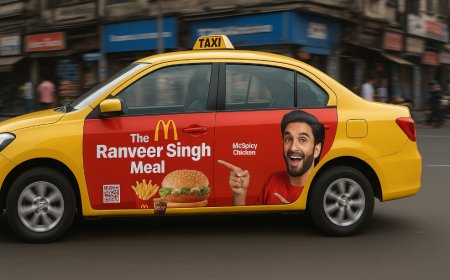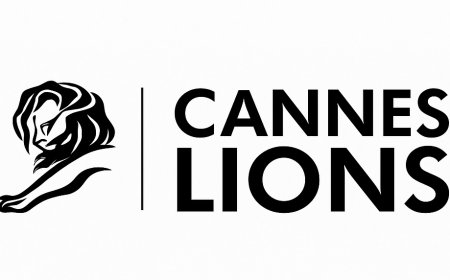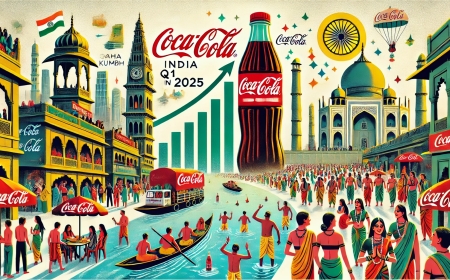Mars Wrigley Doubles Down on Growth: Commits 30% of Turnover to Sales and Marketing in Competitive Push
Mars Wrigley commits 30% of its turnover to sales and marketing, aiming to accelerate growth, boost brand engagement, and close the gap with fast-moving competitors.

In a bold strategic move, Mars Wrigley, the global confectionery giant behind household names like M&M’s, Snickers, Orbit, and Skittles, has announced that it will dedicate 30% of its total turnover toward sales and marketing efforts. The initiative comes as part of the brand’s accelerated growth strategy aimed at closing the gap with aggressive competitors in the dynamic global snack and confectionery sector.
This increased investment marks one of the most significant pushes from Mars Wrigley in recent years to reclaim leadership in market share, visibility, and consumer engagement.
Why the Sudden Aggressive Investment?
The FMCG industry has undergone seismic shifts in recent years. Rising digital consumption, direct-to-consumer models, and challenger brands entering niche segments have disrupted traditional loyalty patterns. In this evolving landscape, Mars Wrigley’s move reflects a realization: staying relevant requires more than brand legacy—it demands visibility, innovation, and constant storytelling.
With this 30% turnover allocation, the company aims to:
-
Boost brand recall and preference through sharper campaigns
-
Accelerate new product launches with strong promotional support
-
Enhance in-store visibility and trade engagement
-
Double down on digital and influencer marketing strategies
-
Expand its e-commerce footprint, especially in emerging markets
A Shift from Legacy to Agility
Historically known for its steady brand presence, Mars Wrigley has operated with a more traditional marketing cadence, relying heavily on its well-known product lines and consistent messaging. However, the recent explosion of snack startups and rapidly scaling health-conscious brands has created an environment where agility now trumps heritage.
The company’s new marketing and sales budget structure is expected to inject agility into every touchpoint, from campaign creation to retail promotions, allowing Mars Wrigley to compete more effectively with faster-moving rivals.
What Will the 30% Be Spent On?
The increased spend will be diversified across key strategic areas:
-
Digital Advertising & Social Media Campaigns: A significant portion is being redirected to platforms like Instagram, YouTube, and TikTok to reach younger consumers.
-
Retail Innovation: Mars Wrigley will focus on point-of-sale enhancements, including smart vending machines, in-store interactive displays, and tech-driven sampling experiences.
-
Content Creation: Short-form, brand-driven content and co-branded partnerships with influencers and creators will become core to its marketing playbook.
-
Consumer Research: Investment in AI tools and data analytics to map evolving consumer preferences, ensuring product-market fit for new launches.
-
Sustainability Messaging: Marketing that reflects the company’s goals in sustainable sourcing, packaging innovation, and social responsibility.
Battling for Shelf Space and Mind Space
Mars Wrigley’s increased focus on trade marketing is aimed at winning shelf space in hyper-competitive retail environments. With supermarket and convenience store aisles packed with alternatives, the company’s sales teams are being empowered with better deals, faster logistics, and customizable promotional strategies.
But more than physical presence, Mars Wrigley knows that consumer attention is the real battleground—and this investment is designed to win both.
Keeping Up with Rivals: The Competitive Context
Globally, Mars Wrigley is feeling the heat from both legacy competitors and disruptive newcomers:
-
Brands like Mondelez and Nestlé are scaling quickly in snacking innovation and regional customization.
-
Health-forward alternatives are taking a chunk out of traditional candy sales.
-
Local brands in developing markets are capturing significant regional loyalty with culturally resonant marketing.
This 30% turnover commitment is a clear signal: Mars Wrigley intends to lead, not follow, in this evolving terrain.
A New Era of Marketing-Led Growth
This move isn’t just about promotion—it’s about repositioning Mars Wrigley as a modern, fast-moving consumer brand. By empowering marketing and sales teams with greater budgets, the company aims to be faster at:
-
Testing and scaling new product lines
-
Responding to emerging consumer trends
-
Launching relevant campaigns within weeks—not months
-
Enhancing omnichannel retail experiences
This shift will also likely come with increased collaborations with creative agencies, digital firms, and brand strategy consultancies globally.
Long-Term Impact: More Than Just Campaigns
The ultimate goal for Mars Wrigley is to foster sustainable growth and emotional relevance across generations of consumers. That includes strengthening brand purpose, evolving storytelling, and expanding globally while maintaining local resonance.
In the long run, this marketing-led strategy is expected to:
-
Drive double-digit growth in underpenetrated markets
-
Improve loyalty and repeat purchase rates
-
Position Mars Wrigley as a category leader in both indulgence and innovation
Conclusion: Mars Wrigley Bids for a Sweeter Future
By committing a remarkable 30% of its turnover to sales and marketing, Mars Wrigley is doing more than catching up—it’s attempting to leap ahead in the race for relevance, innovation, and impact.
What's Your Reaction?
 Like
0
Like
0
 Dislike
0
Dislike
0
 Love
0
Love
0
 Funny
0
Funny
0
 Angry
0
Angry
0
 Sad
0
Sad
0
 Wow
0
Wow
0












































